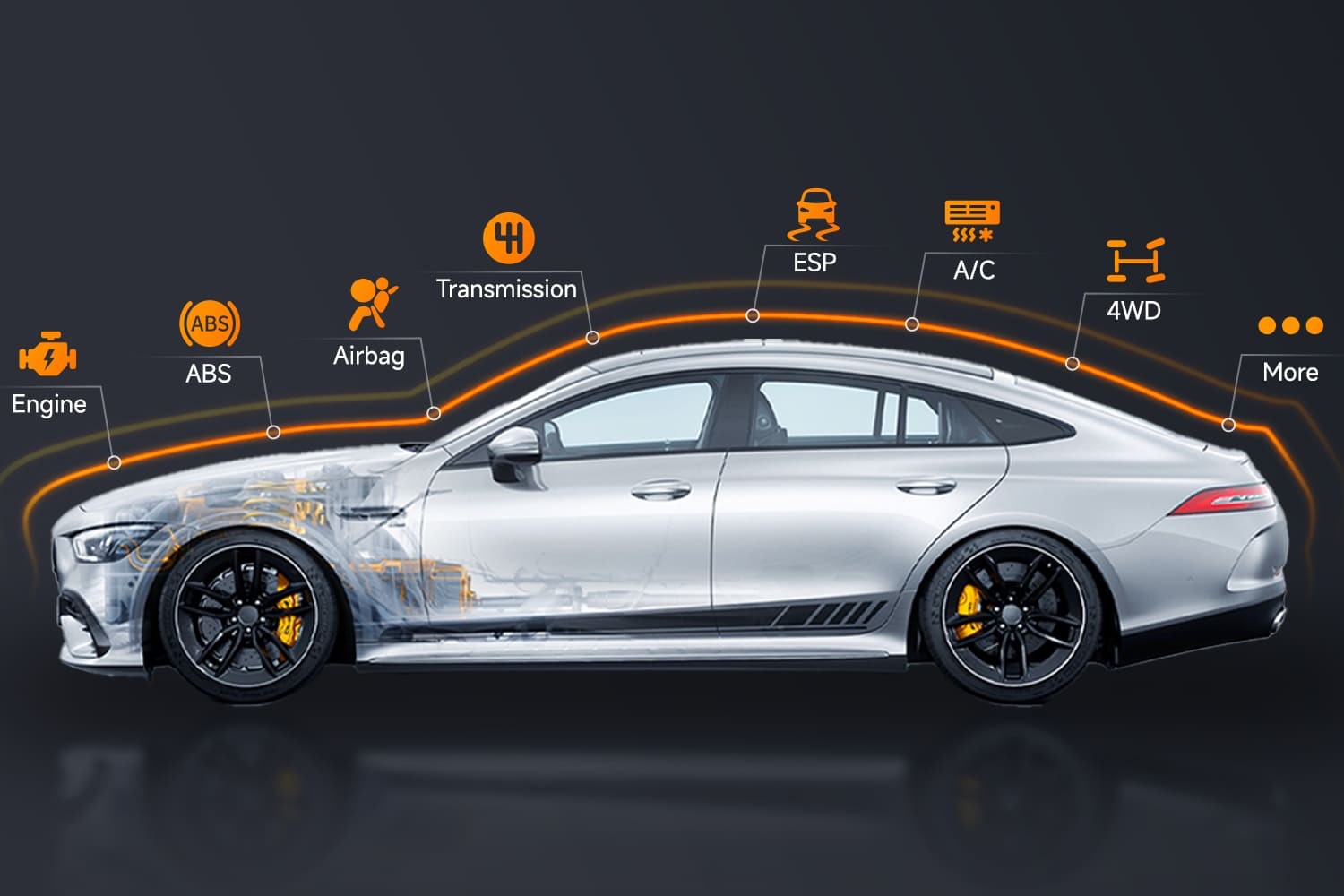Maintaining your car’s health involves regular check-ups and addressing minor issues before they escalate. Fuel pump pressure is a critical parameter, and understanding how to Check Fuel Pressure With Obd2 is essential for car owners. This guide explores the capabilities of OBD2 scanners in diagnosing fuel pump pressure issues.
Can You Check Fuel Pressure with an OBD2 Scanner?
While OBD2 scanners are valuable for diagnosing car problems, their ability to check fuel pressure directly is often limited. Basic OBD2 scanners excel at reading error codes and illuminating the check engine light’s cause. However, they often lack the specific functionality to measure fuel pump pressure. This crucial metric indicates the fuel delivery system’s efficiency, impacting engine performance and overall vehicle health.
Understanding OBD2 Scanner Capabilities and Limitations
OBD2 scanners are indispensable tools for car maintenance. They provide access to a wealth of information, empowering car owners to troubleshoot common issues. However, understanding their limitations regarding fuel pump pressure is crucial.
What OBD2 Scanners Can Do
OBD2 scanners offer several essential functions, including:
- Reading and Clearing Diagnostic Trouble Codes (DTCs): Identifying the root cause of check engine light warnings, such as malfunctioning oxygen sensors.
- Monitoring Real-time Data: Providing insights into engine RPM, coolant temperature, and fuel system status for comprehensive performance analysis.
- Emissions Testing: Ensuring compliance with state-mandated emissions standards for vehicle inspections.
Why OBD2 Scanners Might Not Read Fuel Pressure
Standard OBD2 protocols primarily focus on emissions-related components and systems directly impacting the check engine light. Fuel pump pressure, while critical for engine performance, often falls outside this scope. The communication protocols used by most vehicles don’t require fuel pump pressure sensors to transmit data through the OBD2 system. Consequently, basic OBD2 scanners lack the necessary hardware and software to interpret this specific data.
Alternative Methods to Check Fuel Pressure
If your OBD2 scanner can’t read fuel pump pressure, alternative methods provide accurate measurements:
- Manual Fuel Pressure Gauge: This direct method involves connecting a gauge to the fuel rail or line, providing an immediate pressure reading. Consult your vehicle’s service manual for proper connection points.
- Advanced OBD2 Scanners: Investing in a high-end scan tool like the Foxwell NT650 Elite or Foxwell GT60 offers access to live ECU data, including fuel pressure. These advanced scanners provide comprehensive insights into vehicle performance, justifying their higher cost.
- Complete Diagnostic Kits: These kits offer a comprehensive solution, including a fuel pressure gauge, various adapters, and detailed instructions, catering to both novice and experienced mechanics.
Conclusion
While basic OBD2 scanners may not directly check fuel pressure, alternative methods like manual gauges and advanced scanners offer reliable solutions. Understanding the capabilities and limitations of your diagnostic tools is crucial for effective car maintenance. Monitoring fuel pump pressure is vital for optimal engine performance and preventing potential issues. Choose the right tools and methods to ensure your vehicle’s long-term health. Investing in the proper diagnostic equipment empowers you to maintain your car effectively and avoid costly repairs.

